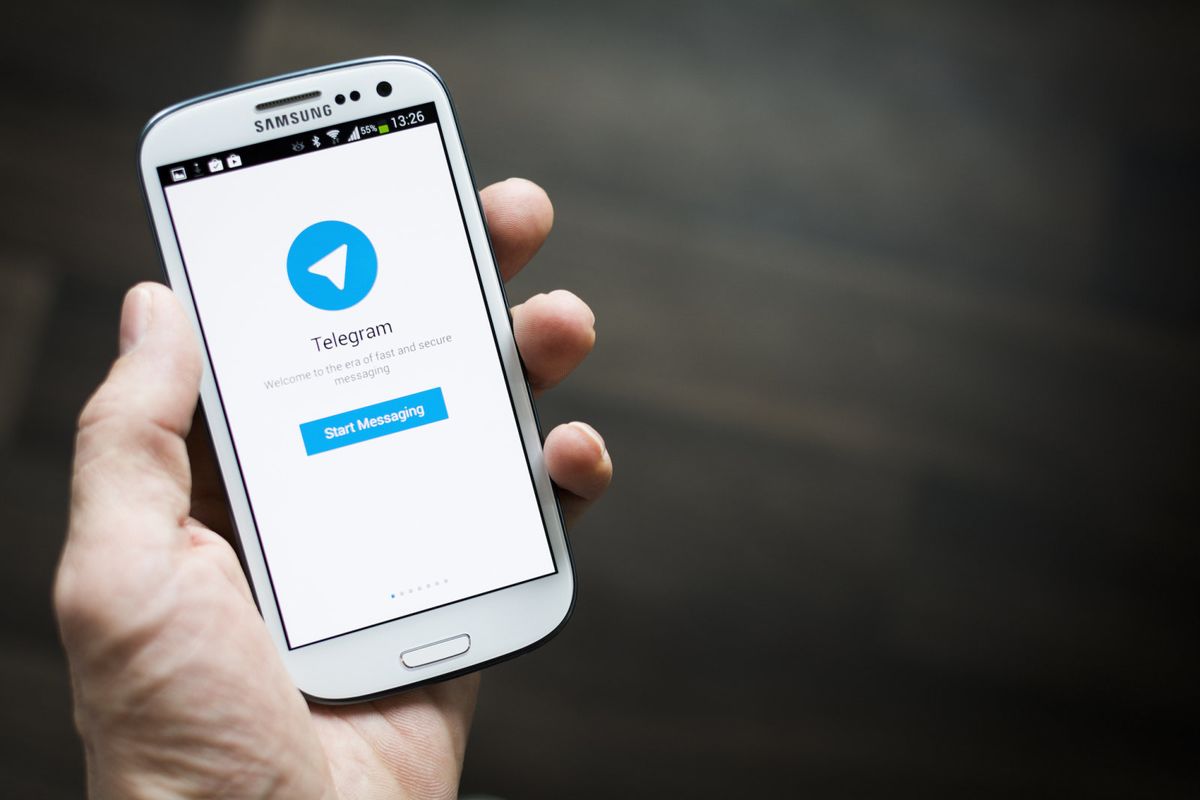Optimize Your Bot & Boost Performance with Analytics for Telegram Chatbots

The future of data is conversational by nature. As brands turn towards conversational interfaces, they’ll need to invest in conversational analytics in order to better understand their users—no matter the platform. Telegram chatbot analytics helps botmakers provide more personalized service and anticipate or troubleshoot problems. If a chatbot exists for customer service purposes, Telegram analytics can help teams see when people use the bot most to ensure a team of humans are available to intervene if necessary.
Analytics for Telegram Chatbots Help You Understand User Needs
Telegram chatbot analytics help you understand when and why people are using your bot. What are they asking your bot, and what are its strengths? By digging deep into Telegram chatbot metrics and conversational analytics, you can sift for patterns in user behavior to iterate your chatbot and better meet user expectations. Conversational analytics also provide key demographic data, including location, to help you get to know your users better.
Measuring Peak Usage Time with Telegram Chatbot Analytics
With Telegram analytics, you can see when people use your Telegram chatbot the most. This is important for Telegram bots that push content to users because you ideally want to push out notifications when users are most active. Keeping an eye on peak usage times also helps to anticipate scaling issues and problems of performance.
HOW TO BOOST PERFORMANCE AND ENGAGEMENT WITH TELEGRAM ANALYTICS
Measuring Engagement and Retention in Telegram Analytics
Two of the most important Telegram chatbot metrics are user engagement and user retention. Chatbots in general have a very high churn rate. Thus, you must do everything in your power to ensure you support user needs and expectations right from the start. Looking for an increase or decrease in engagement and retention is a good first step for doing so.
To better support your users, look at conversational analytics to determine top queries made to the bot. What users are saying the most indicates what they expect the bot can do. Prioritize and build around this expectation, perhaps integrating it into your onboarding process. This should decrease user churn and increase retention.
Determine Number of Conversations with Telegram Chatbot Analytics
The number of conversations that a user has is one of the most essential Telegram chatbot metrics to track. It correlates directly with user satisfaction. People come back to a bot because they enjoy using it. How can you use this example of conversational analytics to boost bot performance? It’s simple. Every time you publish a new feature, see how it affects the number of conversations per user. If it increases, you’re doing something right; if it decreases, it’s back to the drawing board.
Assessing Conversation Steps in Telegram Chatbot Analytics
The “right” amount of conversation steps varies for every Telegram chatbot. This means it’s important to keep track of average conversation steps and ensure it jives with the purpose of your bot. For example, a high number of conversation steps is a good indicator of success for bots that seek to draw in and keep user attention. If your chatbot is designed to provide fast, speedy service—say, for ordering takeout—then you want to aim for the fewest number of steps possible.
Here’s how to optimize your bot with these Telegram chatbot metrics. First, record the average amount of conversation steps users take with the bot. Once you have this number, compare it to individual conversations that fall significantly above or below that number. Where is the chatbot being unusually chatty? Where does it fail to hold the user’s attention? These are places where you’ll want to revise conversation flow.
Identify Errors and Confusion Triggers with Conversational Analytics
Errors and bottlenecks turn users away and lead to an overall bad user experience. Using conversational analytics, you can easily identify error patterns to optimize your bot. For example, the team behind hit chatbot game MojiHunt dove into conversational analytics to discover that the responses they provided to users were ambiguous and confusing. This caused them to select incorrect responses, hampering their enjoyment of the game. By taking note of this issue, the MojiHunt team was able to increase engagement rates and session times.
Setting up Telegram chatbot analytics is easy. If you would like to measure Telegram chatbot metrics to optimize your bot’s performance, sign up for Botanalytics today.
